So you’ve been on a Carmack binge, or are a huge fan already and wanna know how tf he writes his chords?
Mr Carmack makes some of the most diverse music out of producers within whatever sub-niche genre you wanna call this Flying Lotus, Hudson Mohawke-esque futuristic shit.
From basses that rip your kidneys to shreds, to smooth chords that make you wanna go to a different world, or even slow jam RnB – Carmack does it all perfectly.
In this article I’m gonna dissect one of my new favourites: At Night. I’m also gonna include the MIDI as a free download for you, and like with all the others this is gonna be littered with easy-to-understand diagrams, graphics and all the goodness I wish I had when learning this stuff.
While we’re here check out my Medasin & Sam Gellaitry chord dissections:
- Medasin – Daydream Chord Dissection, MIDI, & Serum Presets
- Sam Gellaitry – Sprinkles, Chord Dissection + MIDI Download
- Sam Gellaitry – Ever After, Chord Dissection + MIDI Download
What Scale Is He Using?
If you’ve been reading the series, we seem to have a 80% use rate of the mixolydian scale. And in this song, Mr Carmack is using a E mixolydian greek mode.
He uses this to base the melody and chords off.
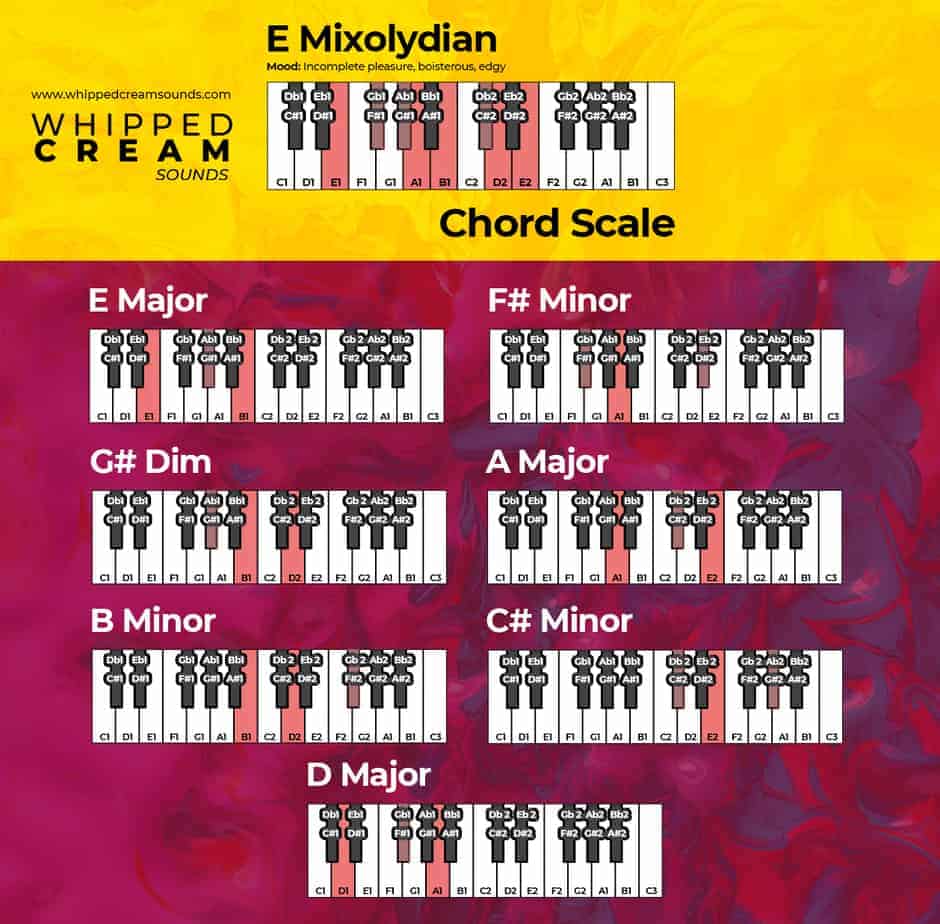
All an E mixolydian scale is, is the major scale with a flat 7. So to create your E mixolydian, play an E major scale, find the 7th note, and move it a semi-tone down.
Boom: E mixolydian acquired
Or you could just read the nice graphic I made above eh? 😉
Mr Carmack – At Night Chords Breakdown
This is is pretty simple compared to the last ones we’ve gone through. There’s no funny chord changes, or borrowing of chords from other keys. It’s just a simple 3 chord pattern all the way through, with a little melody on top.
For those of you clued up on your theory, the chord progression is as follows:
- VII
- II
- IV
Anyway, let’s go over the chords!
Chord 1
The 1st chord in this progression is a D major chord. Here Mr Carmack is using a major 7th chord, which is a pretty common, Jazzy, smooth, extension chord.
This is the 7th chord that shows up in the E mixolydian chord scale. That’s not a 7th as in the extension 7th, the actual number 7 chord in the sequence.
If you know what an E major chord is, all you’re gonna do is add a 7th note on the top to get it.
To find this 7th note, you’d count up 7 notes in the D major scale (seeing as the chord is a D chord, not an E), then you’d have your 7th. Siiiiimpppleeesss. If you thought of the meerkat advert I’m sorry.
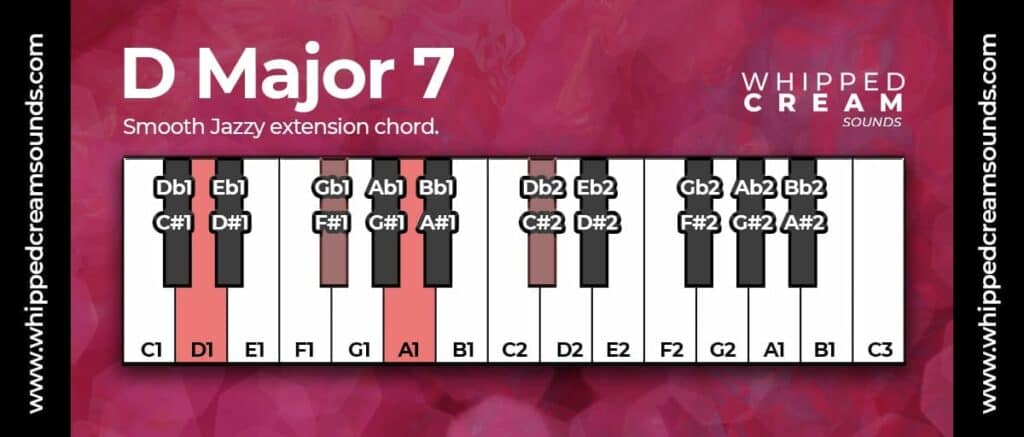
If you were to play this on your dusty, yellow key, MIDI keyboard you ain’t cleaned since you first got it 5 years ago, it would look like this:
LH (optional): D double octave in the bass – thumb and pinky
RH: D, F#, A, C# – 1, 2, 3, 5 fingers.
As you listen to the track, you’ll also notice there’s a slight change in quality of this chord. It goes back and forth from a D major 7, to a D6.
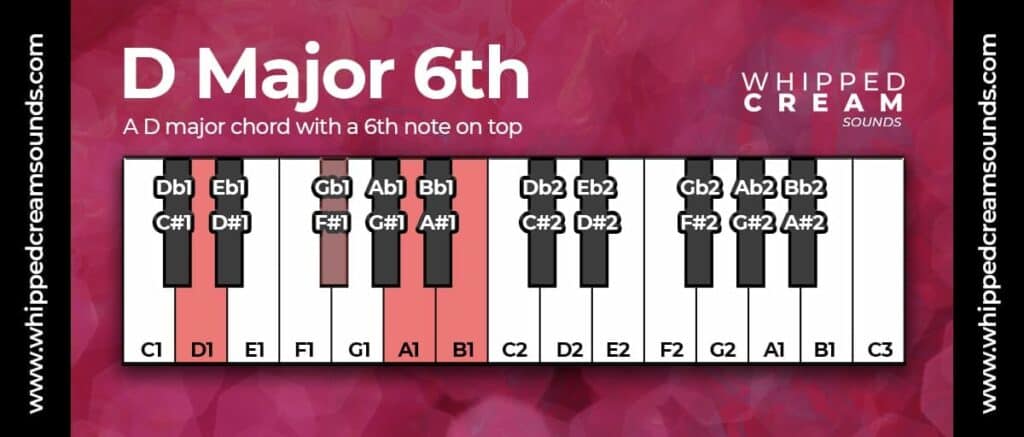
Chord 2
The 2nd chord that shows up in this progression is an F#min7. Funnily enough, it’s the 2nd chord that shows up in the sequence of the E Mixolydian chord scale as well.
All you’re going to do to play this is play a normal F#min chord, and then add a 7th note on the top.
NeAt BrO BuT HOw DO i FiND A 7Th?
Chill out man… all we need to do is count up 7 notes in the F# minor scale. Seeing as we’re building a minor chord, we’ll use the minor scale to find the 7th note.
So count up to 7, I know you can do it, and boom you got your 7th note lad. If for some reason you can’t count, that’s ok. The 7th note is an E.
See music theory is easy when you remove all the annoying jargon!
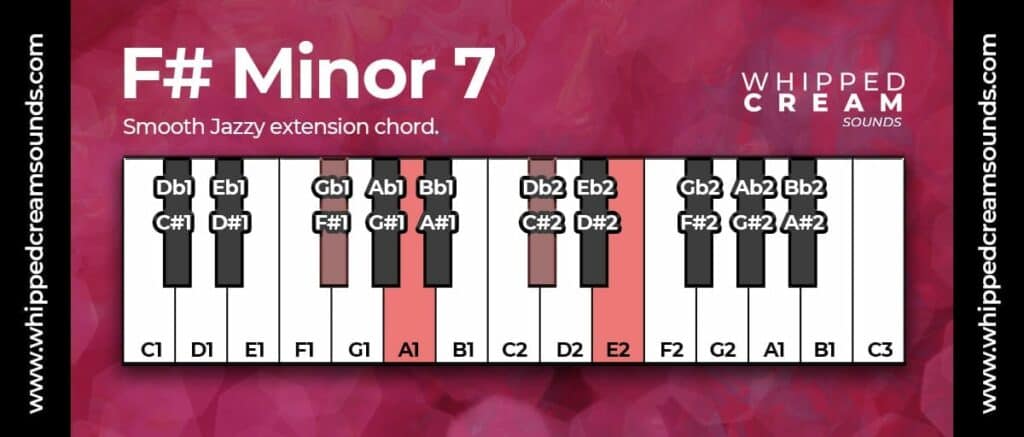
If you were to play it on the piano, it would look something like this:
LH (optional): F# double octave – thumb and pinky
RH: F#, A, C#, E – 1, 2, 3, 5 fingering
Chord 3
This brings us to the final chord! Stop doing the floss I can feel your Fortnite energies turning me into a screecher.
The final chord is an A major 7th, but it’s played in an inverted position. Don’t worry, it’s not some weird karma sutra move. We’re just gonna shift the notes on the piano about a little.
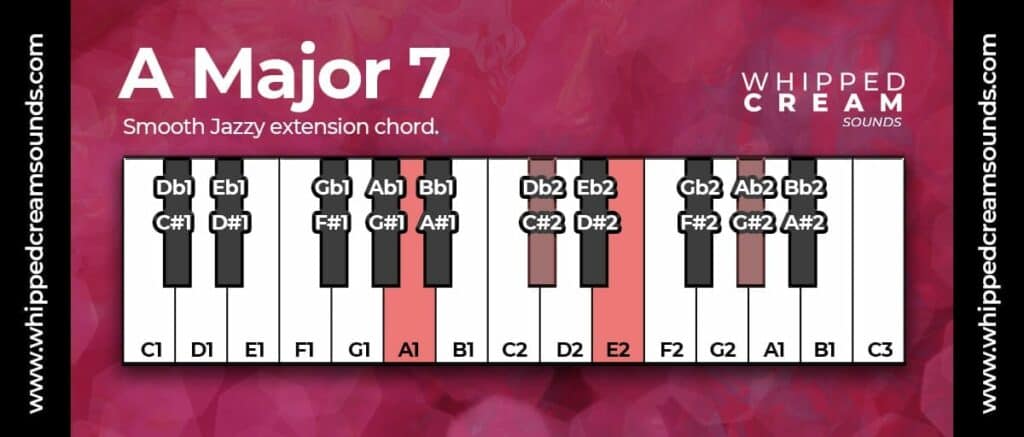
Instead of playing the original A major chord position, we’re gonna play the 2nd inversion.
So let’s move the notes around.
With a normal A major, you should have these notes:
A, C#, E
Now you’d usually play those with your 1, 3, & 5 fingers, but we’re gonna shift ’em around a bit.
2nd inversion would be this:
E, A, C# – 1, 3, 5 fingers
Because we’re playing a 7th, we gotta add the 7 in as well. So… count to 7 in the A major scale, then add this note in next to your A.
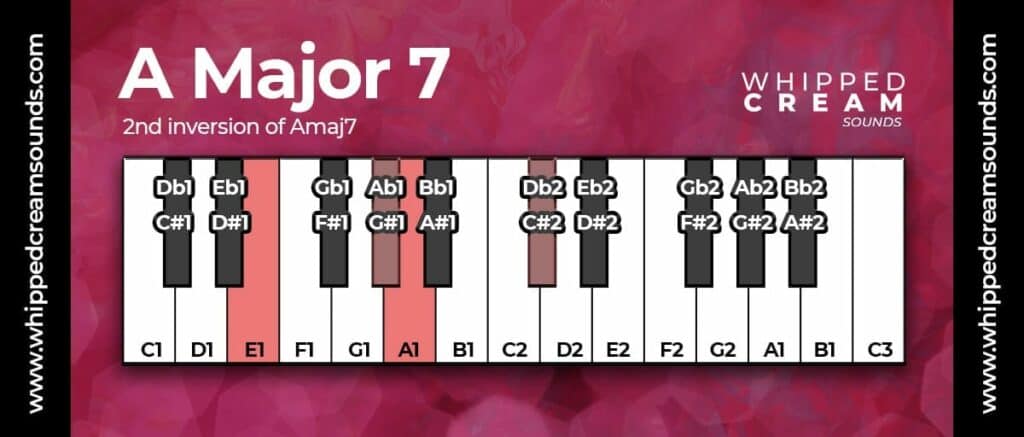
You should have a G#. It’s easier to play it next to the A because of fingering. But, at points in this track, it sounds like Carmack is playing that A an octave down, and playing E, G#, C#, E with the right hand.
This can be used to give your chord a different kind of sound, but still allow it to be the same chord. Try switching between the normal position and this one, and hear the difference it makes.
How To Make Mr Carmack Style Chords (Serum Sound Design)
The sound design is one of the most important parts in making Carmack-esque music. In the video below, we’ve gone through how you can make that awesome, warm tone that Carmack uses in his chords & songs.
There’s some really interesting stuff about bandpass modulation using the filter, and using different rate LFOs to create a swung beat.
Check it out
You’ve Made it To Dusk, & It’s Now Night, With You Playing At Night By Mr Carmack
I hope you enjoyed this piece and learned something from it. This was a pretty fun tune to dissect and play around with. Although simple, the chords are absolutely beautiful!
Stay tuned for more!
